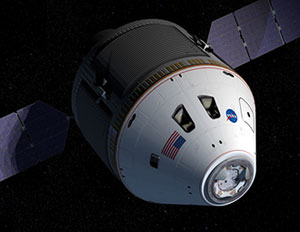 Johns Hopkins University Applied Physics Laboratory will lead a study into the surfaces of asteroids and the moon for NASA as the agency aims to explore those areas with humans and robots.
Johns Hopkins University Applied Physics Laboratory will lead a study into the surfaces of asteroids and the moon for NASA as the agency aims to explore those areas with humans and robots.
The five-year initiative aims to build on APL’s previous Lunar Science Institute project for NASA that sought to learn more about the geology of the moon’s polar regions and how they store ice, APL said Tuesday.
Benjamin Bussey, APL space researcher and head of the NLSI project, will lead the Volatiles, Regolith and Thermal Investigations Consortium for Exploration and Science team.
“Now that we know more about how such processes operate on a large, low-gravity body with only a tenuous exosphere, the VORTICES team can extend that work in several directions, including deepening our understanding of the moon, and addressing important questions for exploring near-Earth asteroids and [Martian moons] Phobos and Deimos,” Bussey said.
VORTICES scientists will examine how sunlight, water and other factors work to distribute, form and interact with the lunar or asteroid surface.
The team will also look at how those factors are retained or taken out, as well as the formation and evolution of regoliths.
More than 40 co-investigators and other collaborators will work for the VORTICES program in the U.S. and abroad.

Leave a Reply
You must be logged in to post a comment.